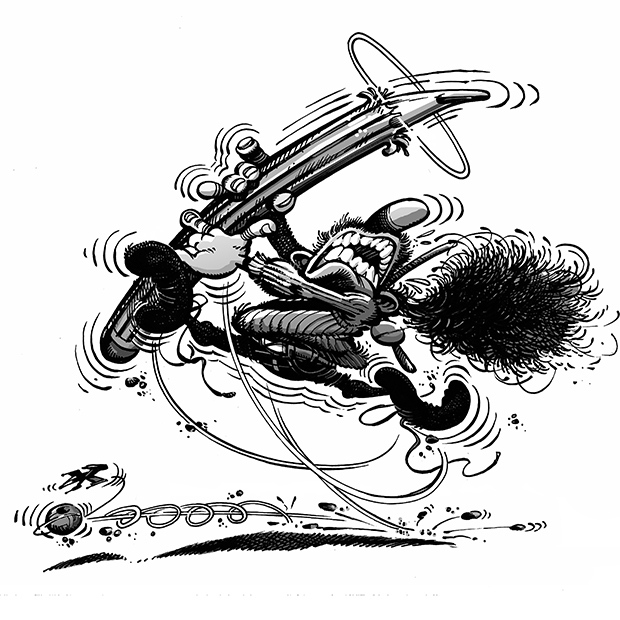
The End of the Beginning
While classical origins were thought to have their source in a divine or natural order and modern origins were held to derive their value from deductive reason, `not-classical’ origins can be strictly arbitrary, simply starting points, without value. They can be artificial and relative, as opposed to natural, divine, or universal. Such artificially determined beginnings can be free of universal values because they are merely arbitrary points in time, when the architectural process commences. One example of an artificial origin is a graft, as in the genetic insertion of an alien body into a host to provide a new result …
A graft is not in itself genetically arbitrary. Its arbitrariness is in its freedom from a value system of non-arbitrariness (that is, the classical). It is arbitrary in its provision of a choice of reading which brings no external value to the process…
The End of the End
Along with the end of the origin, the second basic characteristic of a ‘not-classical’ architecture, therefore, is its freedom from a priori goals or ends – the end of the end …
With the end of the end, what was formerly the process of composition or transformation ceases to be a causal strategy, a process of addition or subtraction from an origin. Instead the process becomes one of modification – the invention of a non-dialectical, non-directional, non-goal oriented process …
This suggests the idea of architecture as ‘writing’ as opposed to architecture as image. What is being `written’ is not the object itself – its mass and volume – but the act of massing. This idea gives a metaphoric body to the act of architecture. It then signals its reading through another system of signs, called traces. Traces are not to be read literally, since they have no other value than to signal the idea that there is a reading event and that the reading should take place; trace signals the idea *_o read …
But further, knowing how to decode is no longer important; simply, language in this context is no longer a code to assign meanings (that this means that). The activity of reading is first and foremost in the recognition of something as a language (that it is). Reading, in this sense, makes available a level of indication rather than a level of meaning or expression.
Therefore, to propose the end of the beginning and the end of the end is to propose the end of beginnings and ends of value – to propose an other `timeless’ space of invention. It is a ‘timeless’ space in the present without a determining relation to an ideal future or to an idealized past. Architecture in the present is seen as a process of inventing an artificial past and a futureless present. It remembers a no-longer future.
Peter Eisenman: “The End of the Classical: the End of the Beginning, the End of the End” (1984)
Founding Nietzsche in the Fin d’Ou T Hou S: http://corbu2.caed.kent.edu/architronic/v2n3/v2n3.05.html
The Uncanny and the Architecture of Deconstruction: http://www.imageandnarrative.be/uncanny/bartvanderstraeten.htm

Leave a comment